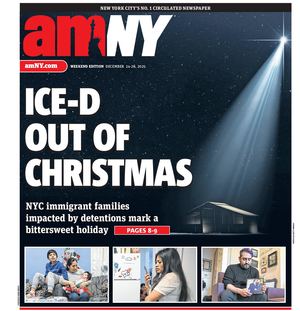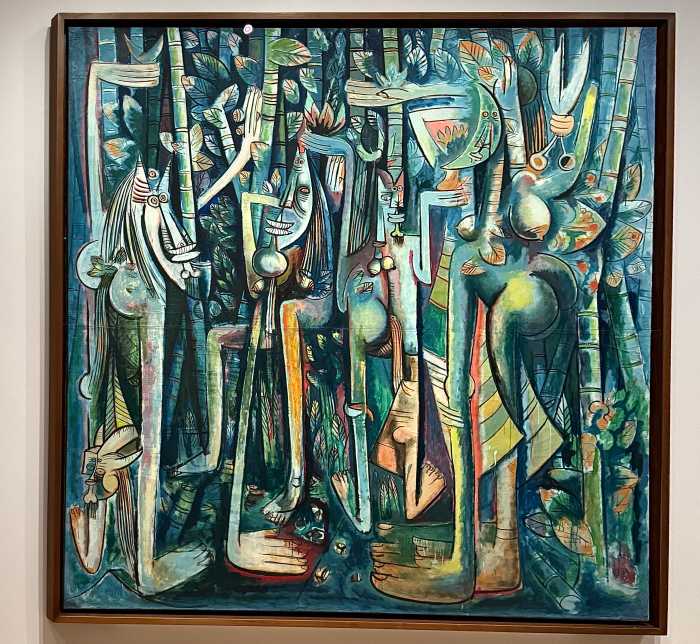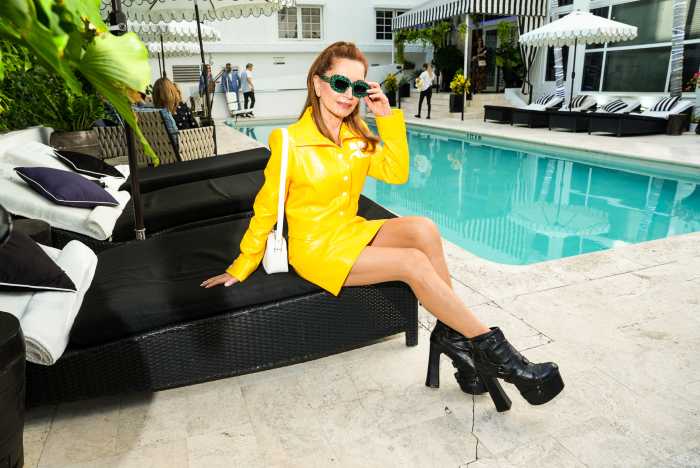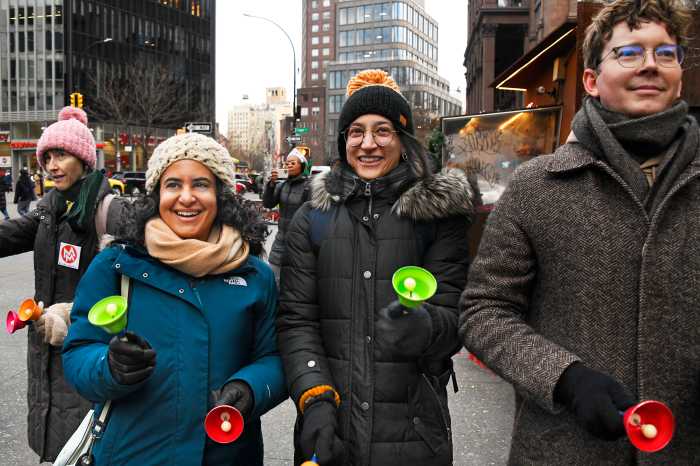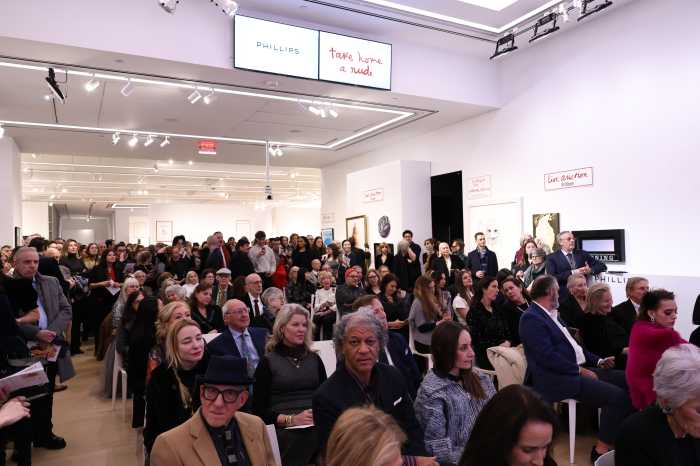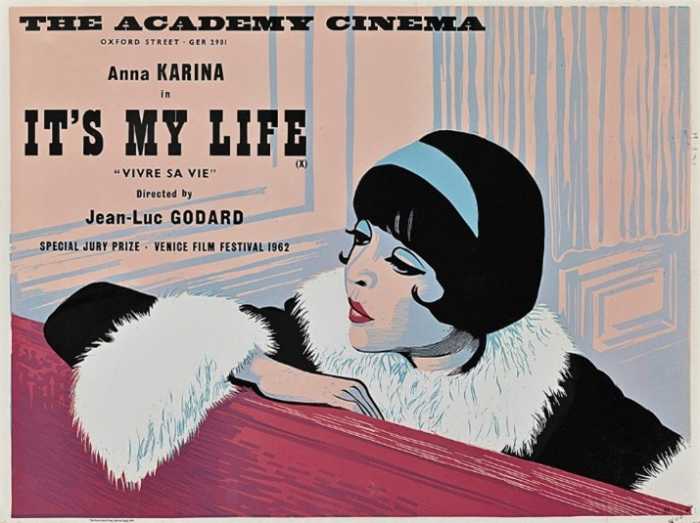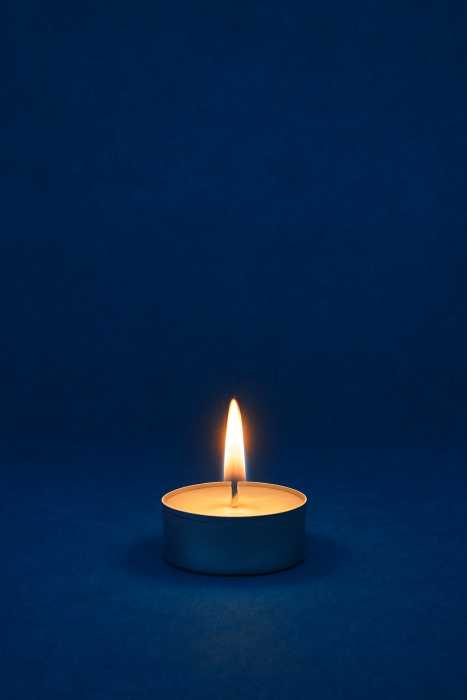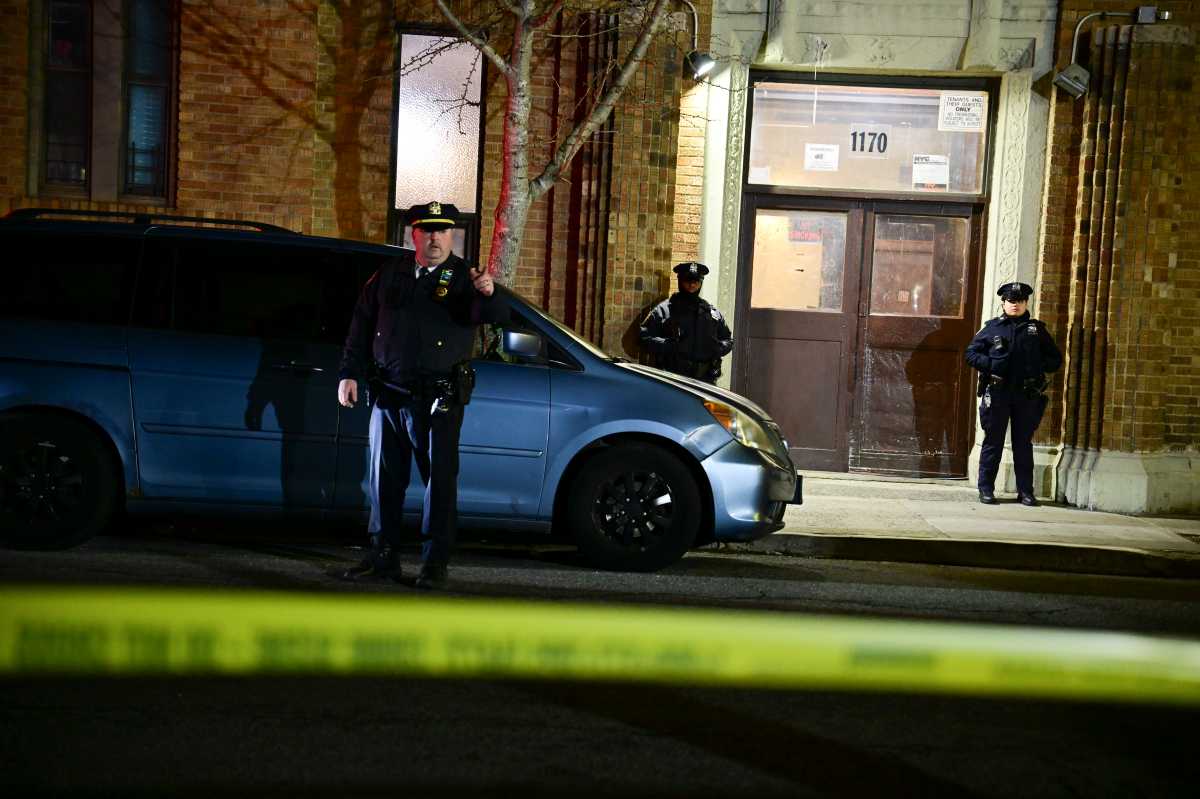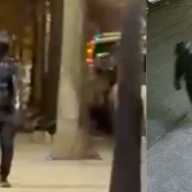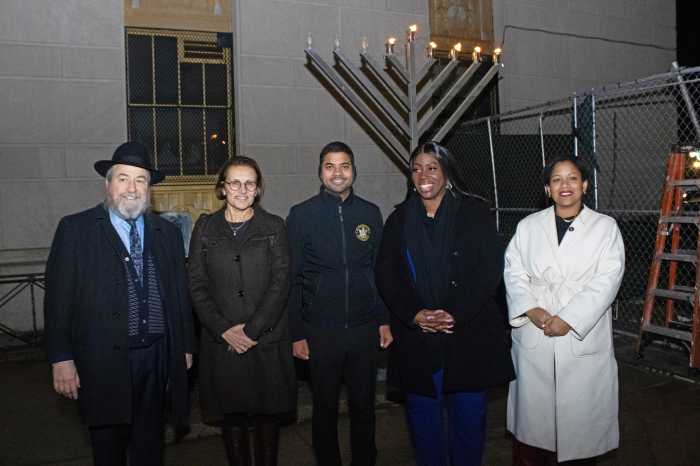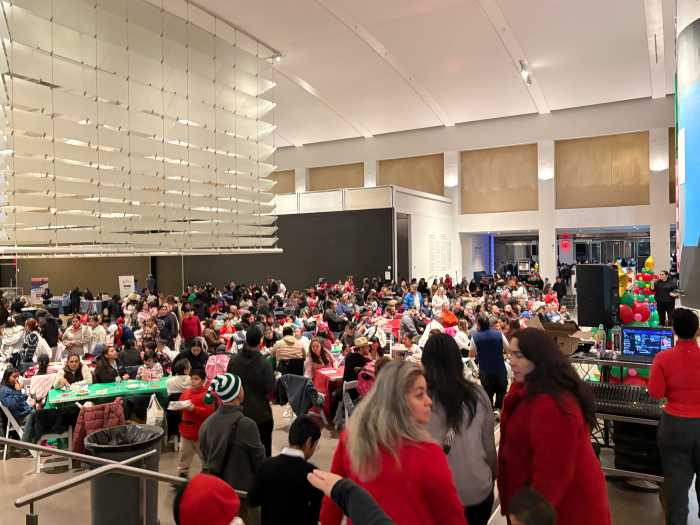By HILARY SNELL
Despite its trendy hotels, fancy shops and “concept” restaurants, the Meatpacking District can’t shake its dark side. A few weeks ago HBO’s “Boardwalk Empire” star Paz de la Huerta was arrested for fighting with another woman at the uber-sophisticated Standard hotel. Late last year, a 33-year-old fashion designer was murdered at Soho House, a private club. She was found in an overflowing bathtub and her boyfriend and primary suspect (the son of an Oscar-winning songwriter) has pleaded not guilty. These events are not as shocking if you consider the area’s distinctly sordid history.
As a single, female copywriter born in New York City, I’ve seen this district change dramatically over the past 10 years. Bordered by the Hudson River and Hudson, 14th and Gansevoort Sts., this now-fabulous locale has not always been so. In the mid-1980s it was a very dangerous place. Even into the early 1990s it was sketchy but the hamburgers and frites at 24-hour Florent made a trip over there worth it.
In 1986, I was a 30-year-old receptionist living in the East Village. My studio on Ninth St. was a dump but it was home. Bums regularly slept in the building’s front hallway because the front door didn’t lock. It was around this time that I began traveling over to the West Side to visit friends who lived on 14th St. and Ninth Ave.
Because of its location, my friends’ gorgeous duplex was really cheap. Getting over there in the dark on those empty streets was frightening, and because of my vivid imagination, I made up millions of disaster scenarios. When a car rolled by slowly I thought for sure I was going to be a mob hit. Nervous, I counted my landmarks to feel safe — Nell’s, the newly opened nightclub where even celebrities had a hard time gaining entry, the two bank buildings at Eighth Ave., late-night bodegas, Redden’s Funeral Home and the Catholic church my grandmother attended as a young girl.
This small slice of New York is on the National Register of Historic Places. Fort Gansevoort was built here to protect New York during the War of 1812. Herman Melville lived and worked here as a customs inspector on the docks at a time when he thought he would die an unknown.
This Lower West Side of Manhattan was originally an Algonquin trading village. After the island was purchased, it became a Dutch tobacco plantation, effectively smoking out the Native Americans. In the 1820s New Yorkers moved there to escape epidemics in the city center. By 1900, in what began as a farmers’ market near the Hudson River railroad terminal, there were 250 slaughterhouses and meatpacking plants. Animals were shipped in alive and departed in pieces. Despite the brutality, by the 1930s one-third of the nation’s beef, veal and pork were processed there.
I can imagine workers hauling carcasses of half-steers into rooms cooled with ice and then, later, refrigeration. To this day, the streets still smell of dead flesh. I’ve seen old photos of butchers in white coats covered with bloodstains carting pigs on their shoulders to hang them on hooks.
By the 1970s, after the workers clocked out and went home, an underground meat market came to life. This remote western territory was home to sex workers and such gay clubs as The Anvil, Manhole, L.U.R.E (Leather, Uniform, Rubber) and the Eagle’s Nest. It was an entrepreneurial zone for the underground buyers and sellers.
At my friends’ apartment, waiting to be buzzed up seemed like forever. One night all I could hear was my breathing, raindrops splattering on the oil-soaked streets and the bump, bump of tires on cobblestones. I’d rarely see cars, but when I did, I figured they had ended up there by mistake or were cabs with customers inside looking for action.
After walking over there dozens of times, I slowly grew used to it. In the surrounding, amorphous night as my eyes adjusted, I began to notice shapes and then I realized those shapes were people of all kinds. Suddenly, I saw a place teeming with life. There were bodies on every corner, in every recess, and I was an observer of a seduction dance. Men looking like women. Their bodies were their storefronts and their wares. These gorgeous transvestites definitely knew their way around a makeup kit.
It was magical to witness this kind of life struggling to exist — like watching butterflies emerge out of days of darkness — all to serve the secret needs of the public. It felt safe knowing that there were people everywhere and that I wasn’t alone. I was like them because in my own way I, too, was trying to survive. I had no family to speak of and was broke. I visited these friends because they were married and had a baby and I felt like part of their tribe.
This was way before the Apple Store arrived on 14th and Ninth and the Jeffrey boutique opened. There were no limousines delivering people in tight, sparkly outfits to Scarpetta, Pastis and The Standard Grill. There was no 24-hour diner on the corner or high-end optician’s shop where frames start at $150.
Today, the area once filled with animal body parts is filled with mannequin parts in exclusive boutiques. Where beef and pork carcasses used to hang, there are now dresses fit for “Sex and the City” fans. The shops cater to a whole new breed of people very different from me. I wouldn’t be caught dead in those stores. It’s nice to know, though, that in keeping with the history of the place, meat is still for sale here, just a different kind.
